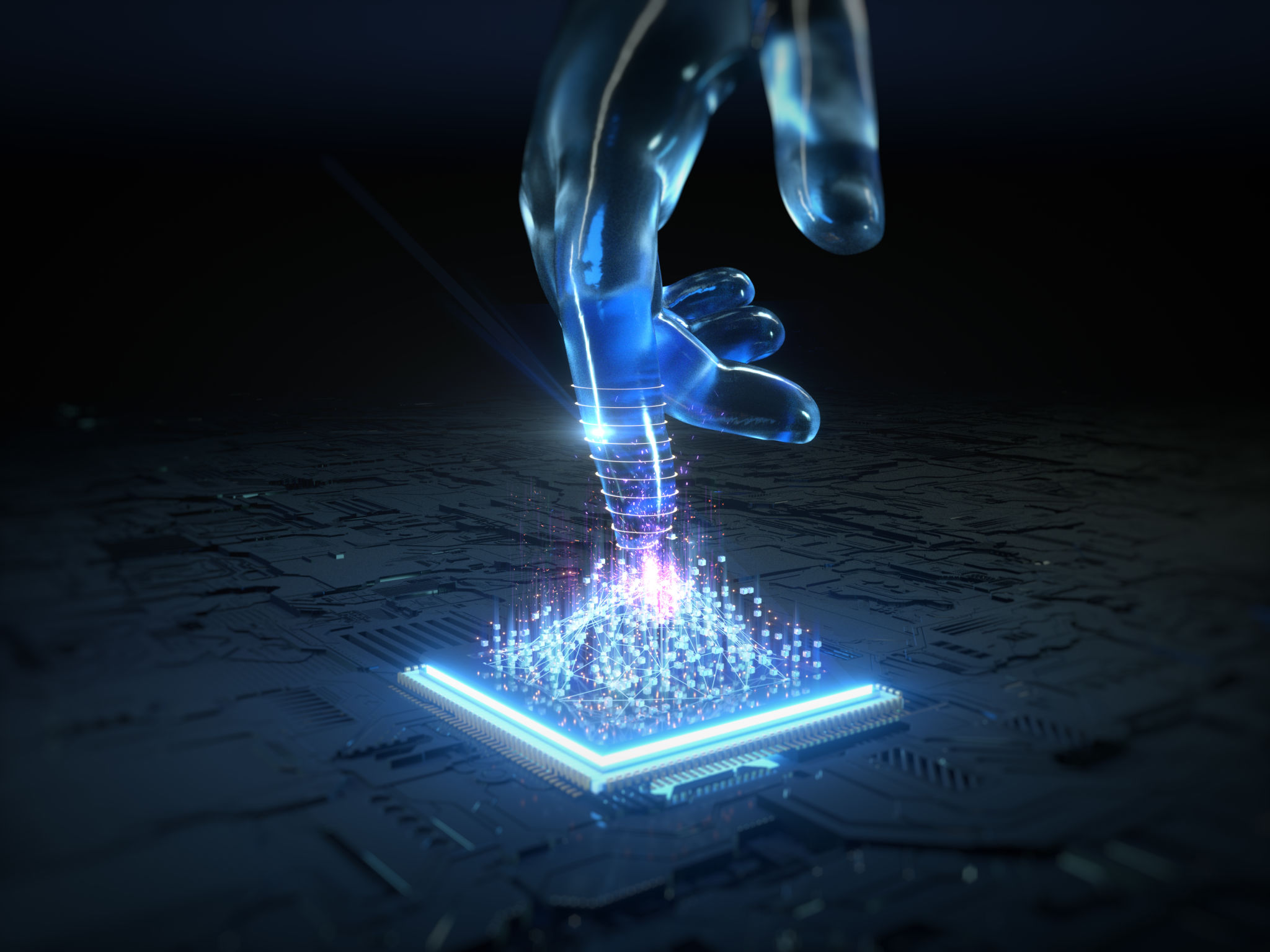A Comprehensive Guide to Smart Infrastructure Maintenance with IoT
Understanding Smart Infrastructure Maintenance
In today's rapidly evolving technological landscape, smart infrastructure maintenance has become the cornerstone of efficient urban management. By integrating the Internet of Things (IoT), cities and organizations can now monitor, manage, and maintain infrastructure with unprecedented precision and agility. This transformative approach not only enhances operational efficiency but also prolongs the lifespan of critical assets.
IoT-enabled devices are pivotal in collecting real-time data, which aids in making informed decisions related to infrastructure maintenance. These devices can monitor everything from traffic patterns and air quality to structural health and energy consumption. This data-driven approach allows for predictive maintenance, reducing the need for costly emergency repairs.

The Role of IoT in Predictive Maintenance
Predictive maintenance is a proactive strategy that uses IoT technology to predict when infrastructure components are likely to fail. By analyzing data gathered from sensors, organizations can anticipate issues before they become severe, thereby minimizing downtime and maintenance costs.
Key benefits of implementing IoT in predictive maintenance include:
- Cost Efficiency: Reducing unplanned downtime leads to significant savings on repair costs.
- Increased Lifespan: Regular monitoring and timely interventions extend the life of infrastructure components.
- Enhanced Safety: Early detection of potential failures prevents accidents and ensures public safety.

Integrating IoT with Existing Systems
The integration of IoT into existing infrastructure systems can initially seem daunting. However, with the right approach, it can be seamless and highly beneficial. Start by identifying critical areas that would benefit most from IoT integration. This could include bridges, roads, pipelines, or energy grids.
Once identified, implement IoT sensors and devices that can gather necessary data. It's crucial to ensure that these devices are compatible with current systems and can communicate effectively with centralized management platforms. This integration helps create a cohesive network that offers real-time insights and analytics.

Challenges in Implementing Smart Infrastructure Maintenance
Despite its numerous benefits, the implementation of smart infrastructure maintenance does come with challenges. One of the primary concerns is data security. With a vast amount of data being collected and transmitted, ensuring its protection against cyber threats is paramount.
Another challenge is the initial investment required for IoT devices and infrastructure upgrades. However, this cost is often offset by the long-term savings in maintenance and operational costs. It's essential for stakeholders to weigh these factors carefully before embarking on their IoT journey.
The Future of Smart Infrastructure Maintenance
As technology continues to advance, the potential for smart infrastructure maintenance will only grow. The integration of artificial intelligence (AI) with IoT is set to revolutionize the way infrastructure is managed and maintained. AI can analyze complex datasets quickly, providing deeper insights and automating decision-making processes.
The future promises even smarter cities where infrastructure is not only maintained efficiently but also evolves based on predictive insights. As we move towards this future, continuous innovation will be key in overcoming existing challenges and unlocking new opportunities.

